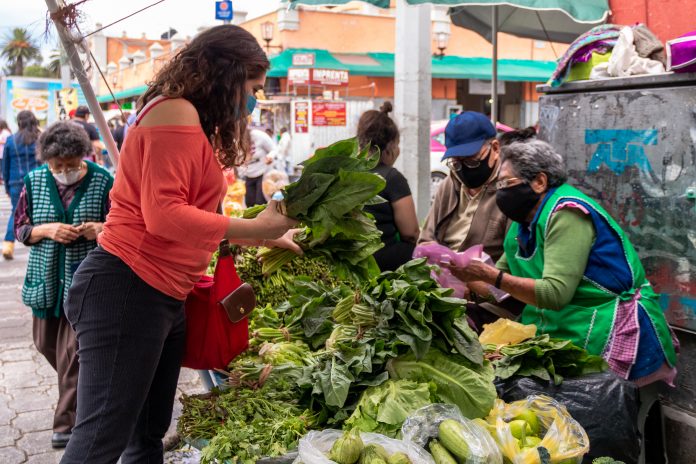Researchers studied over 30,688 HIV patients across seven Latin American countries – finding that life expectancy has dramatically increased over a period of 14 years
A team from Vanderbilt University Medical Center and institutions across Latin America have finished the largest study for people with HIV in low-to-middle-income countries, finding that overall, life expectancy for this group has significantly increased.
The study examines a 14 year period between 2003 to 2017, across seven countries in Latin America.
In 2003, a 20-year-old being treated for HIV could expect to live until 34. In 2017, this individual could expect to live up to 61 – nine years less than the general life expectancy of 70 in Haiti.
Why did life expectancy increase this much?
According to the team, antiretroviral therapy was partially responsible for the greatest increase in life expectancy – which happened between 2013 to 2017. This four year period was known as the “treat all” era, meaning that all people with HIV were recommended to take antiretroviral therapy. It didn’t matter what stage their disease was at, they were to be offered a life-saving treatment.
In 2003, a 20-year-old in treatment for HIV in Argentina, Brazil, Chile, Honduras, Mexico or Peru could have expected to live to 51
In 2003, a 20-year-old in treatment for HIV in Argentina, Brazil, Chile, Honduras, Mexico or Peru could have expected to live to 51. As of 2017, life expectancy for a 20-year-old in treatment for HIV in these countries is 70, compared to 78 for the general population.
Life expectancy was also generally on the rise across Latin America.
Infectious diseases specialist and study leader Jessica Castilho, MD, MPH, assistant professor of Medicine at VUMC, commented: “Antiretroviral therapy became much more widely available across the study region beginning in the 2000s, and it gives one heart to see the widespread effect this is having.”
Does this mean HIV infections are down in Latin America?
Unfortunately, no.
There has been little change in frequency of HIV infections between 2003 to 2018. While this study proves that people are not condemned to die young, it also highlights inequalities in access to treatment.
There is even evidence of rising rates of infection, despite a general decrease in deaths. Brazil was meant to play a key role in a renewed push for HIV prevention, but according to UNAIDS, “political commitment in the region is inconsistent.”
Stigma continues to be an issue for those living with HIV, as atleast one third of men and women (aged 15–49 years) said they would not buy vegetables from a shopkeeper who is living with HIV. Intimate partner violence is also a problem for those living with HIV.
one third of men and women (aged 15–49 years) said they would not buy vegetables from a shopkeeper who is living with HIV.
Life expectancy for women with HIV was higher than for men who have sex with men or heterosexual men with the disease.
Assistant Professor Jessica Castilho, further said: “Our findings, however, also highlight stark health disparities within the HIV population in these countries, echoing the situation in the U.S. and other high-income countries. These disparities are like cracks showing in the system of care and prevention.
“Our findings in this regard could help steer the public health response to HIV in the region.”











